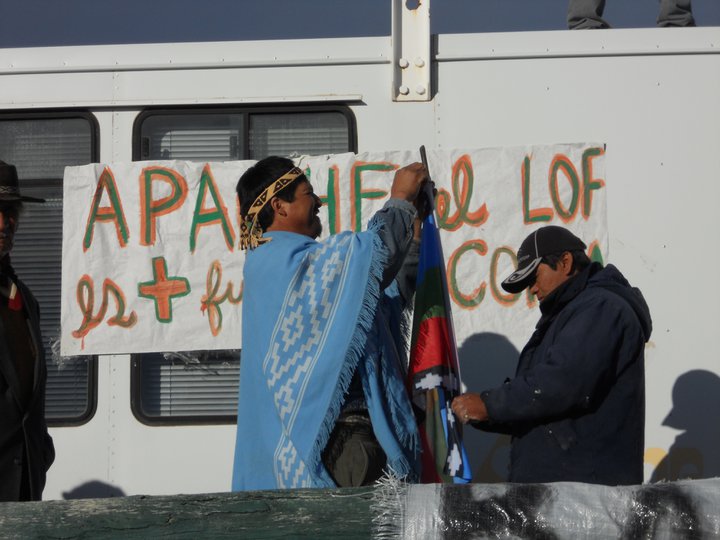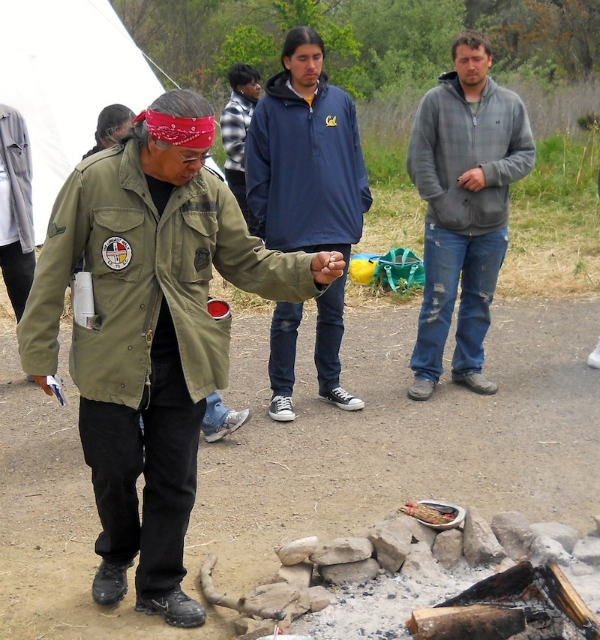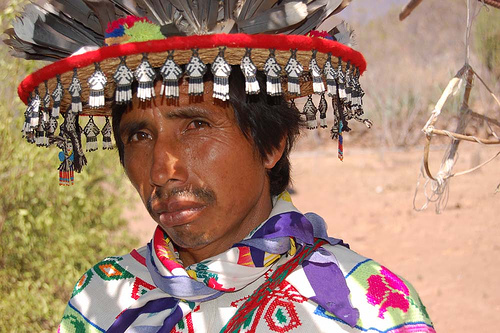Often referred to as the Toba or Toba-Qom, the Qom-lik Peoples are located in the Gran Chaco region of what is now Argentina, Bolivia and Paraguay.
The name Toba is a Guaraní term that was first used by Spanish settlers. It means “big forehead” (referring to the way the Qom-lik cut their hair short in the front of the head as a signal of mourning).
The Qom-lik were originally nomadic hunter-gatherers who, upon the arrival of the Spanish, adopted the horse and resisted colonial encroachment and missionization for several centuries.
In the 1880s the Argentine government began a campaign to occupy new territories, defeating the last organized attempts by the Qom-lik to defend their lands. The Argentine Chaco was divided up in large portions and exploited, especially for the valuable quebracho tree, used for its tannin and its extremely durable timber. This devastated the ecosystem in a relatively short time. The private owners of the Chaco then turned to cotton production, employing the Qom-lik as a cheap seasonal workforce; the conditions did not change substantially for decades.
On July 19, 1924 in Napalpí in the Chaco Province of Northern Argentina 200 Qom-liks were massacred by the Argentine Police and ranchers.
Beginning in 1982, the region suffered unprecedented floods, which caused the crops to be ruined; and in the 1990s, mechanical harvesters imported from Brazil (at very low prices due to Argentina’s low fixed exchange rate) left many Qom-lik without work. The provincial government of Chaco resorted to pay a one-way ticket to the Qom-lik willing to migrate south, into Santa Fe.
The majority of the Qom-lik migrants settled in Rosario, which is a large city in the south of Santa Fe and had seen a previous wave of Qom-lik in the 1950s and 1960s. Communication and family ties were kept in time, so the newcomers found a place; job opportunities and government assistance, even if scarce and of poor quality, were considerably more available in an urban setting than in Chaco. An estimated 10,000 Qom-lik came to Rosario in the 1990s, and settled mostly in slums (villas miseria).
As of 2005, there are 47,951 Toba in Argentina, living in the provinces of Chaco, Formosa and Santa Fe.




